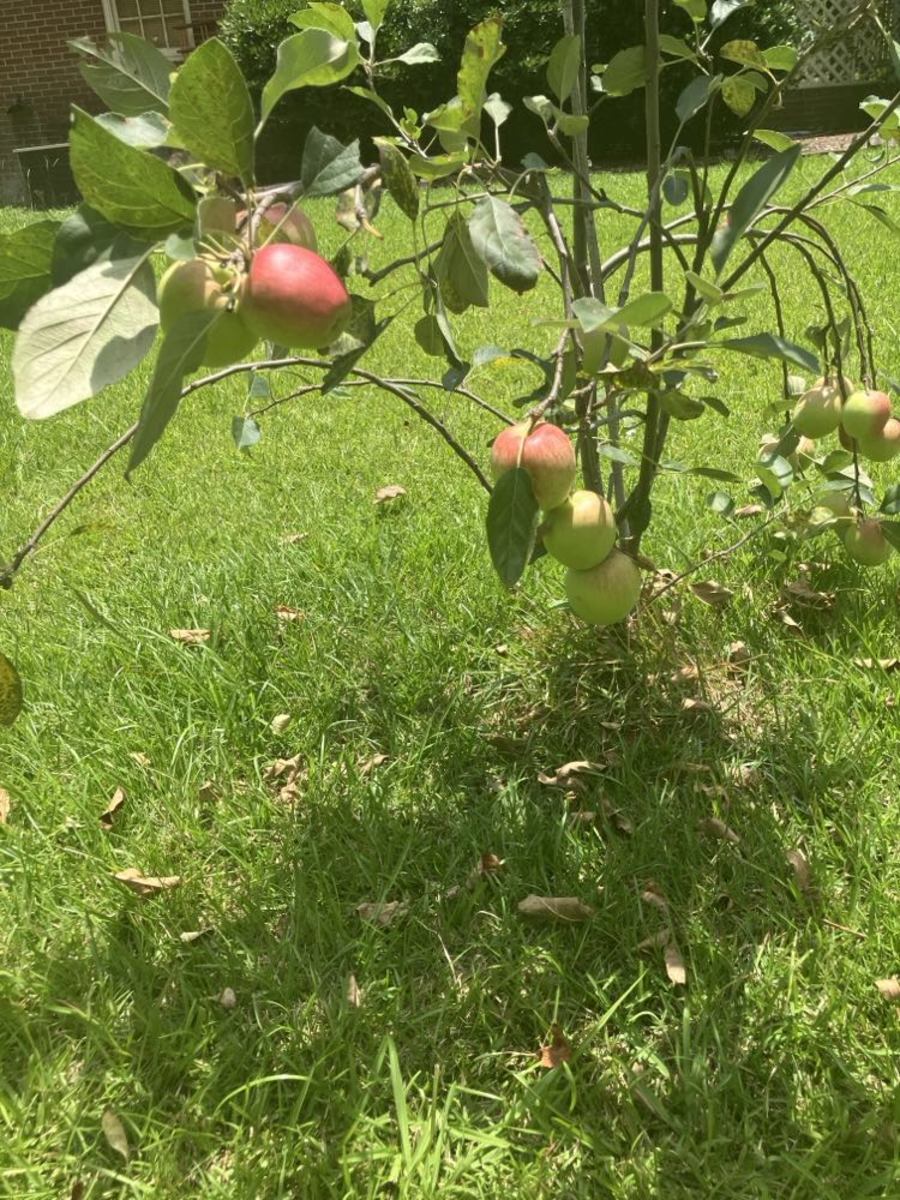"The Man Who Planted Trees": The Perfect Earth-Day Read
Even the smallest person can change the course of the future.
— from The Fellowship of the Ring by J.R.R. Tolkien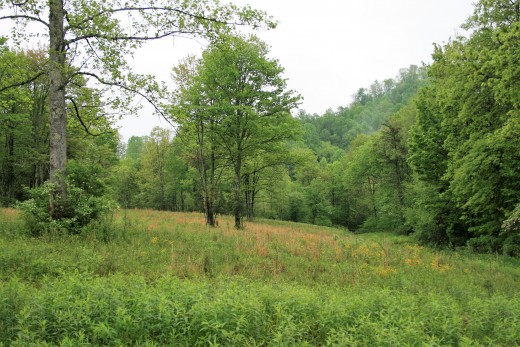
Earth Day
This year on Earth Day, I'll be camping in Jamestown, Virginia, rather than volunteering at our local Earth Day festival, but I'll still have time to honor the occasion by reading one of my favorite books about custodianship and caring, "The Man Who Planted Trees" by Jean Giono.
Like Tolkein's Lord of the Rings series, "The Man Who Planted Trees" has as one of its themes the power of even the smallest individual to effect positive change. Giono's tale, however, is less than 20 illustrated pages, short enough to read in under an hour on April 22 or any other day you need to be reminded that your life matters.
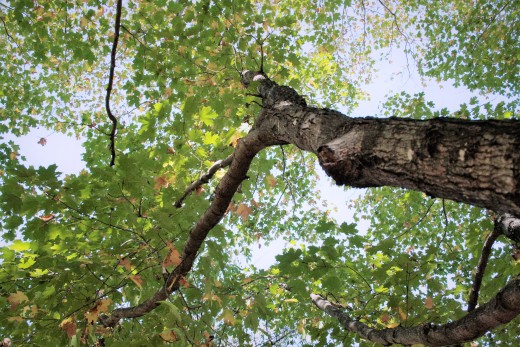
The Story
Giono's story is told from the perspective of a hiker who treks across an "ancient region" of "unparalleled desolation" in Provence both before and after World War I.
During his first visit, the land is a "bare and monotonous moorland" where water is scarce, winds are harsh, and villages are either deserted or inhabited by petty, unhappy people.
While searching for water, he encounters a quiet shepherd named Elzeard Bouffier and discovers that in addition to tending his flock, Bouffier sorts 100 acorns each night and plants them the next day using his staff, a steel rod.
In this way, Bouffier tells the narrator, he has planted 100,000 acorns in three years, 10,000 of which have survived. He has plans to plant beech and birch trees, too.
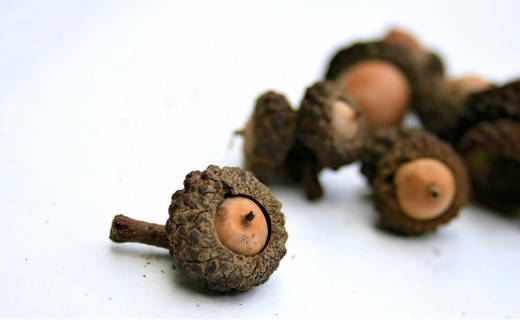
Bouffier's Work
As the narrator leaves the area, he isn't particularly impressed with Bouffier's work. But when he returns after five years, having seen much death and destruction as a soldier in World War I, he is amazed at how the old man's "hobby" has transformed the region.
It is no longer desolate.
Water flows, flowers grow, animals abound in the forests Bouffier planted, and the region's inhabitants are happy and prosperous. They do not, however, realize they are the beneficiaries of Bouffier's work, rather believing the transformation has been part of a natural process.
How could anyone . . . have imagined such perseverance, such magnificent generosity?
— From "The Man Who Planted Trees" by Jean Giono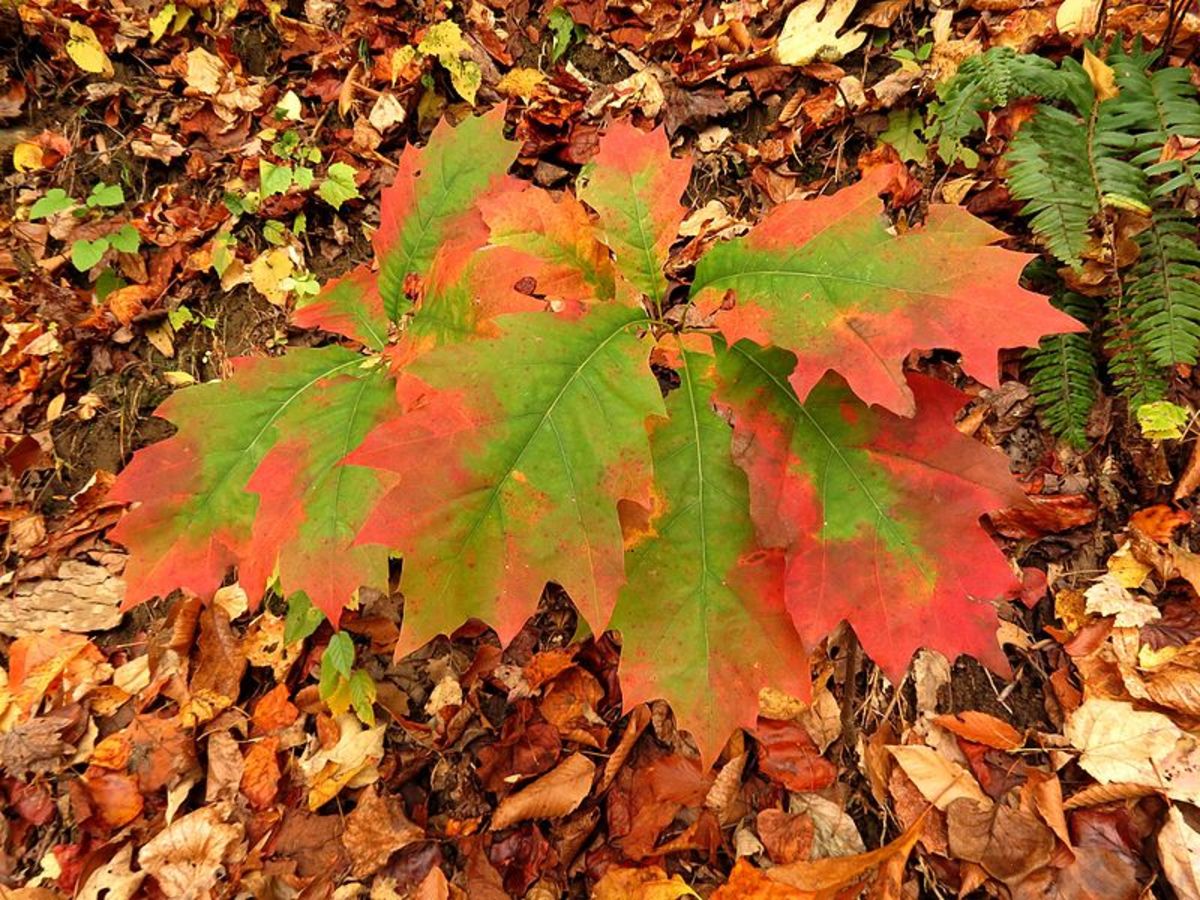
Transformation
Thereafter, the narrator visits Bouffier annually and witnesses how the old man's quiet, steadfast work over the years continually alters the region for the better.
As he observes this transformation, the narrator is also transformed. His spirit, which had been laid low by his experiences in World War I, lightens with hope for the future and faith in humankind.
Eventually, as all people do, Bouffier dies. But his work, the narrator notes, lives on, surviving even another World War.
Earth Day, April 22
What will/did you do on Earth Day?
"The Man Who Planted Trees" is for anyone who strives to make the world a happier, healthier place and sometimes wonders, "Does what I do matter?"
Yes. Yes, it does.
A Gift
I can't keep copies of "The Man Who Planted Trees." I always end up giving them away— to new teachers, to gardening friends, to new parents.
It's a wonderful book that shows the power of commitment and the impact of hard work.
It's particularly inspiring for those of us involved in environmental work. But it's also for anyone who strives to make the world a happier, healthier place and sometimes wonders, "Does what I do matter?"
"The Man Who Planted Trees" answers that question— unequivocally: Yes. Yes, it does.

"The Man Who Planted Trees," Animated
© 2018 Jill Spencer

